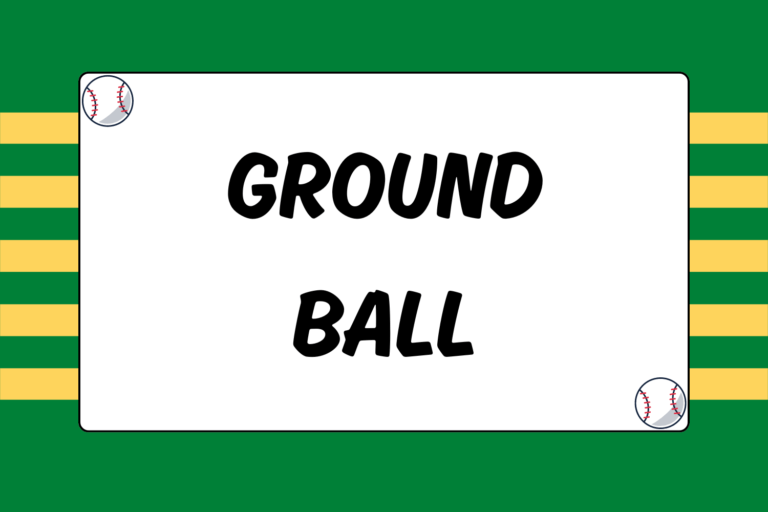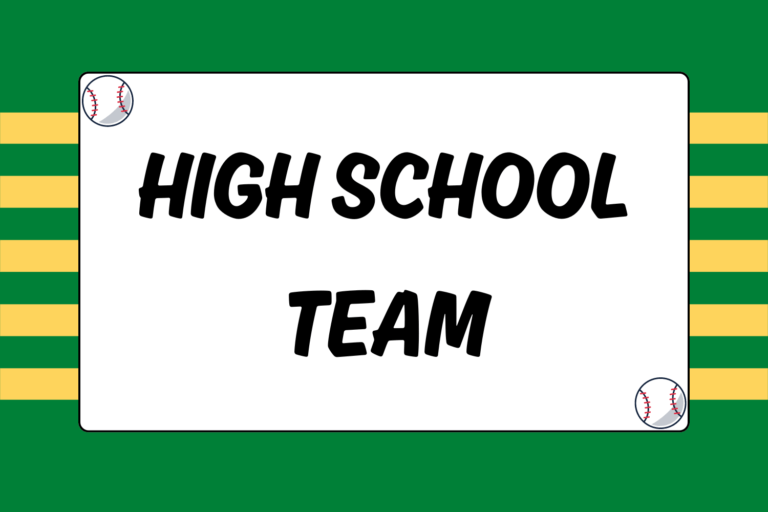Baseball pitches are a little like car models; fundamentally, they’re the same today as they’ve always been. Similar to how cars have always utilized essentially the same mechanical design, the basics of throwing a curveball are more or less timeless. And yet, 21st century cars don’t look much like cars built in 1960, and they’re practically different entities altogether from the cars built in 1920. The same is true for baseball pitches; what you see from big league pitchers today is evidence of the fact that baseball — and pitching — is constantly evolving.
Some pitches from the game’s early years have become extinct, while others have simply had their names changed. Have you ever wondered why pitchers no longer throw the screwball or the palmball? Are you confused about the difference between a forkball and a splitter? Well, you’ve come to the right place.
This guide will take a look at some of baseball’s least common pitches, explain their history, and teach you the mechanics of throwing them. (All instructions are for right-handed throwers. Lefties use the same process from the opposite side.) For detailed explanations of the game’s most popular pitches, check out the guides, “Baseball Pitching Mechanics” and “Baseball’s Specialty Pitches” (links to the right).
How to Throw a Forkball
Some would argue that the forkball is just another term for the split-finger fastball. However, it would be more accurate to say that the forkball was a precursor to the splitter. When it was first conceived toward the end of the Dead-Ball Era by “Bullet” Joe Bush, the forkball functioned primarily as an off-speed pitch. It was popularized by Pittsburgh’s Elroy Face, and became an effective pitch for a number of tremendously successful hurlers such as Dave Stewart and Jack Morris.
The forkball is thrown by spreading out the index and middle fingers as much as possible, and holding the ball deep in the hand. This takes a great deal of velocity off the pitch and also limits the spin, which creates somewhat of a knuckleball-like effect. In addition, the forkball dips downward as it approaches home plate.
The split-fingered fastball is now a more common pitch than the forkball. This is partly because change-ups have become the predominant off-speed pitch, and partly because of the tremendous success that many pitchers have had with the splitter in the last 30 years. The splitter grip is essentially identical to the forkball; the biggest difference between the two is velocity. The splitter is thrown harder so that it explodes downward, while the forkball, in its heyday, was intended to catch the batter off-balance.
How to Throw a Palmball
The palmball is an early predecessor of the change-up, used by pitching greats like Satchel Paige and Jim Palmer. Although pitchers do still throw palmballs, nowadays they would likely be identified as variations of a change-up.
The palmball was essentially a change-up before we started calling it a change-up. Therefore, the grip is very similar to what we now call a “straight change.” It is achieved by starting with the four-seam grip, and then placing the middle and ring fingers on top of the baseball, with the index and pinkie fingers along the sides of the ball. Hold the ball deep in your hand, and throw it with the same delivery and arm speed as your fastball. Your grip will take a lot of velocity off the pitch.
How to Throw a Screwball
Going all the way back to the days of Carl Hubbell (nicknamed the “Scroogie King”) and Christy Mathewson (who called his pitch a “fadaway”), the screwball was prevalent in baseball throughout the twentieth century. The two main reasons why screwballs have become somewhat obsolete in the last twenty years are:
- Growing concern over the damage a screwball can cause to a pitcher’s arm.
- The rise in popularity of the change-up and splitter, which tend to mimic the screwball’s tailing and diving action, respectively.
To throw a screwball, start with your two-seam fastball grip, and then move your index and middle fingers slightly to the left. Throw the ball with the same arm speed as your fastball. You want to follow through like you would with the curveball, but don’t curl your wrist inward. Instead, apply pressure with your index finger, pronate your wrist away from your body, and try to “turn over” the pitch.
The pronation will cause the ball to tail away from your arm side. Try to keep your delivery relatively normal; a drastic pronation could give away the pitch, and more importantly, injure the arm. It would be advisable for young pitchers to learn a change-up and work to create tailing action with that grip, instead of attempting a screwball.
How to Throw an Eephus
The eephus is a slow, high-arching pitch thrown overhand up to 20 or 30 feet in the air. Although the eephus has never been used as a primary pitch, it was not uncommon to see it thrown from the 1930s through the 1960s. Rip Sewell is credited with having invented the eephus, and famously gave up a home run to Ted Williams on an eephus in the 1946 All-Star game. Yankees hurler Steve Hamilton had perhaps the most success with the pitch, nicknaming it the “folly floater.” Today, the eephus has been more or less eradicated from the game; the closest thing you’re likely to see to an eephus these days is an exceptionally slow curveball.
However, if you’re bent on making it part of your repertoire, the biggest challenge lies in throwing it accurately. The eephus can be difficult to hit, because it approaches the plate at such a downward angle that it barely passes through the hitting zone. So if you plan to throw one, practice it enough that you feel confident you can land your eephus in the strike zone.
There is no specific technique or grip unique to the eephus. To throw it, hold the ball with a fastball grip, and avoid transferring your weight forward during delivery. Unlike any other pitch, you need to release the eephus with your fingers underneath the ball so that it travels with an upward trajectory.
Fortune Favors the Bold
The reason why so many pitches have lost their popularity or evolved into other pitches over the years is because ballplayers are constantly trying to improve. If guys continued to throw the same pitches year after year, hitters would figure it out pretty quickly. So if you’re a young pitcher and you want to master a specialty pitch, here’s some valuable advice: Don’t spend your time learning a pitch that was popular 50 years ago. Instead, create something that works for you.
Tweak the grips on your fastballs, breaking balls, and off-speed pitches until you find something with good movement that you can command. Usually, it’s not what you throw, but where you throw it that makes you an effective pitcher.





